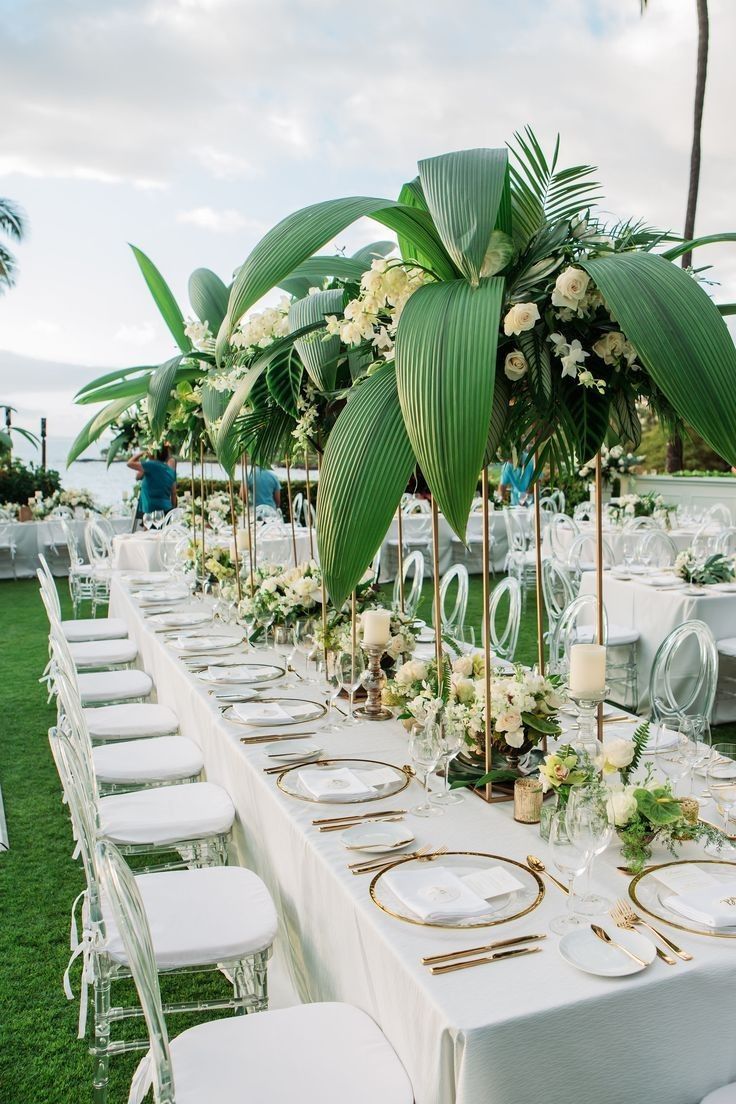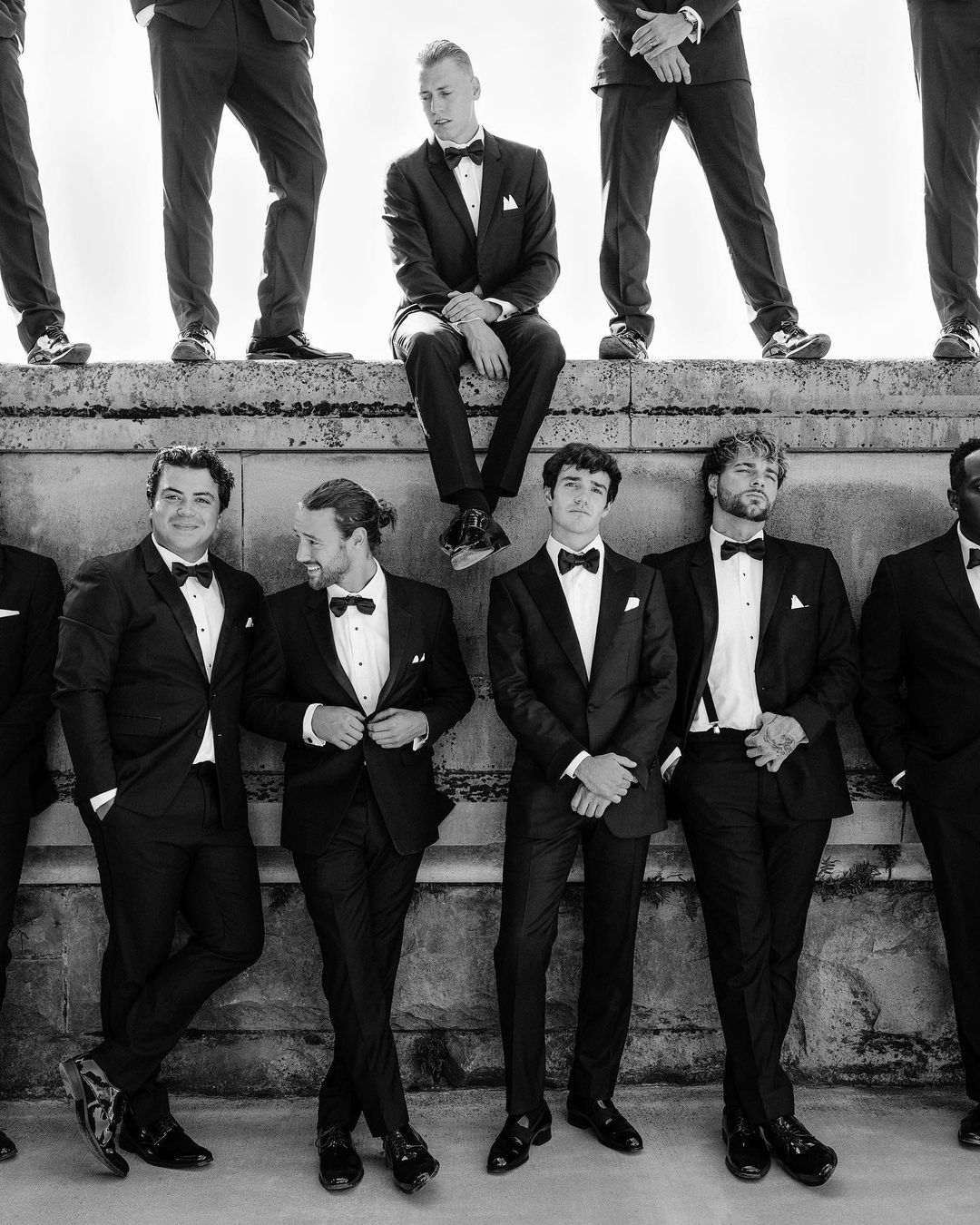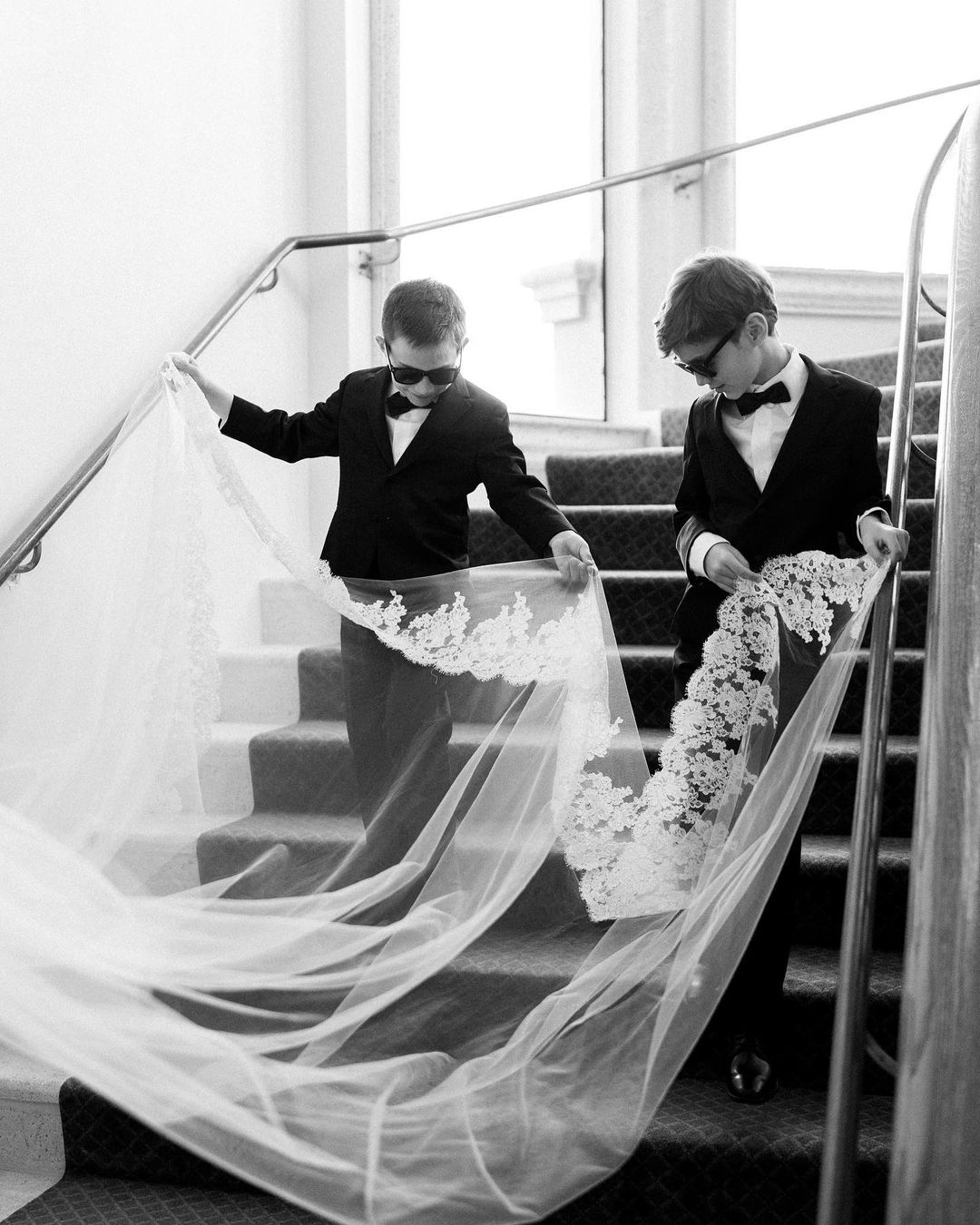What Hand Does a Wedding Ring Go On? Exploring Ring Finger Traditions
- Author: Natali Grace Levine
- Reading time: 5 min 33 sec
- Publication date: 06/18/2024
- Updated: 01/15/2025
- What is the Wedding Ring Finger
- What the Ring Finger Traditionally Represents
- The Meaning Behind the Wedding Ring Finger
- The Significance of Wearing an Engagement Ring on a Certain Finger
- What Hand Do You Put the Engagement Ring On
- What Hand Does a Man Wear His Wedding Ring
- The Appropriate Finger for Wearing a Promise Ring
When you think about weddings, few symbols are as universally recognized as the wedding ring. Positioned gracefully on the wedding ring hand, this small but mighty band carries centuries of tradition, love, and promise. Have you ever wondered why the ring ends up on a particular finger? Or what it truly symbolizes beyond the obvious? Let's delve into these details and uncover the rich history and personal significance behind the wedding ring finger.

What is the Wedding Ring Finger
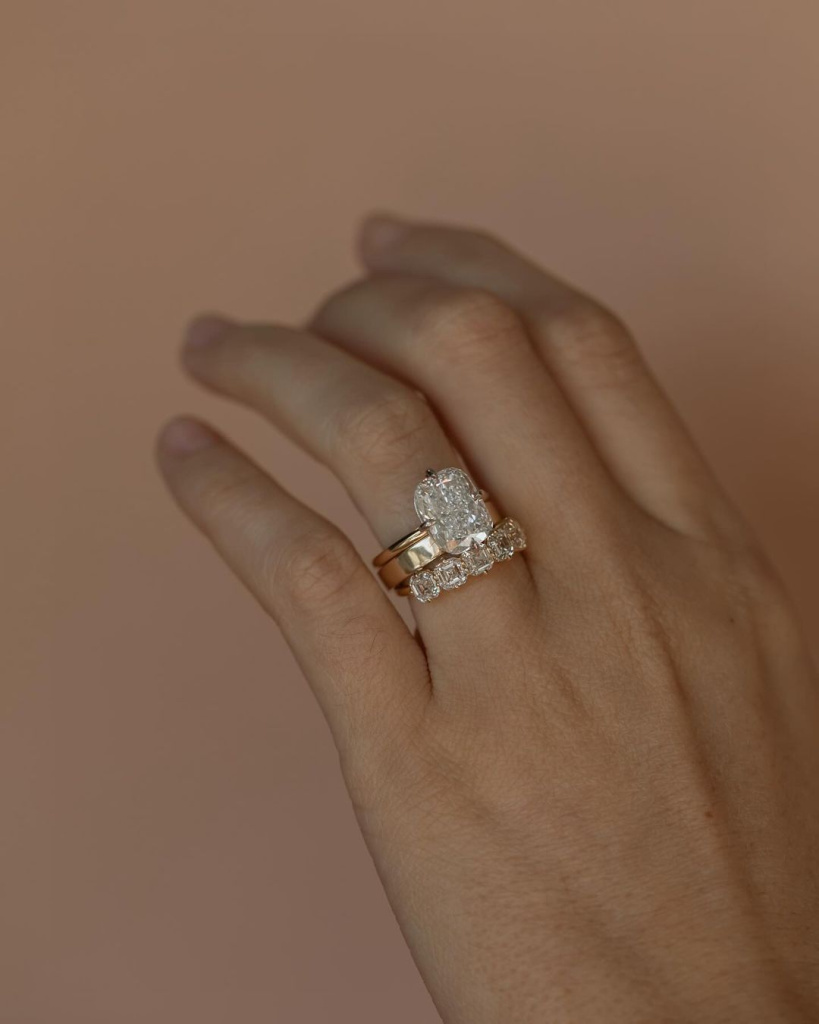
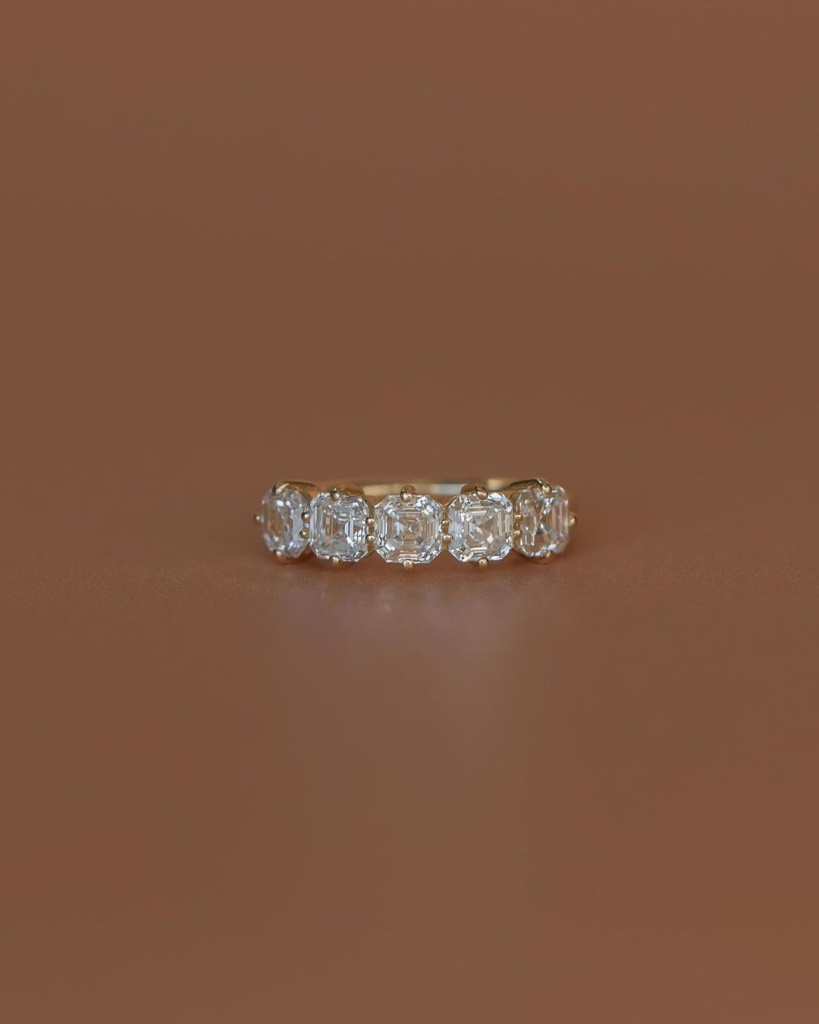
While most of us know the wedding ring finger as the fourth finger on the left hand, the story behind its designation is a blend of history, culture, and a dash of mythology. This tradition can be traced back to ancient Egypt, where it was believed that this particular finger contained a vein leading directly to the heart, symbolizing love and fidelity. Although we now know all fingers have similar vein structures, this romantic idea has influenced wedding traditions for centuries.
In ancient Rome, the belief in the "Vena Amoris," or vein of love, was so strong that they chose the fourth finger of the left hand specifically for betrothal and wedding rings. This tradition was carried over into many Western cultures and has been perpetuated through romantic ideals. In these cultures, during the wedding ceremony, rings are placed on this finger to symbolize the direct connection to the heart, deepening the symbolic bond of the marriage.
Interestingly, the choice of the left hand has practical roots as well. Since most people are right-handed, wearing a ring on the less dominant hand reduces the potential for damage and wear, helping the ring to last longer.
In contrast, some Eastern cultures have different practices. For example, in India, the wedding ring is often worn on the right hand because the left is traditionally considered inauspicious. This shows that while the tradition of the wedding ring finger is deeply rooted in many cultures, it is interpreted and celebrated in diverse ways across the globe.
What the Ring Finger Traditionally Represents
Traditionally, the ring finger is not just a resting place for a beautiful piece of jewelry; it represents eternal love, commitment, and a life-long partnership. The circular shape of the ring itself is symbolic, with no beginning and no end, it is a perfect symbol for eternity. Moreover, placing the ring on this specific finger during the wedding ceremony emphasizes the connection of the couple's hearts, sealed with a physical token of their vows.
The Meaning Behind the Wedding Ring Finger

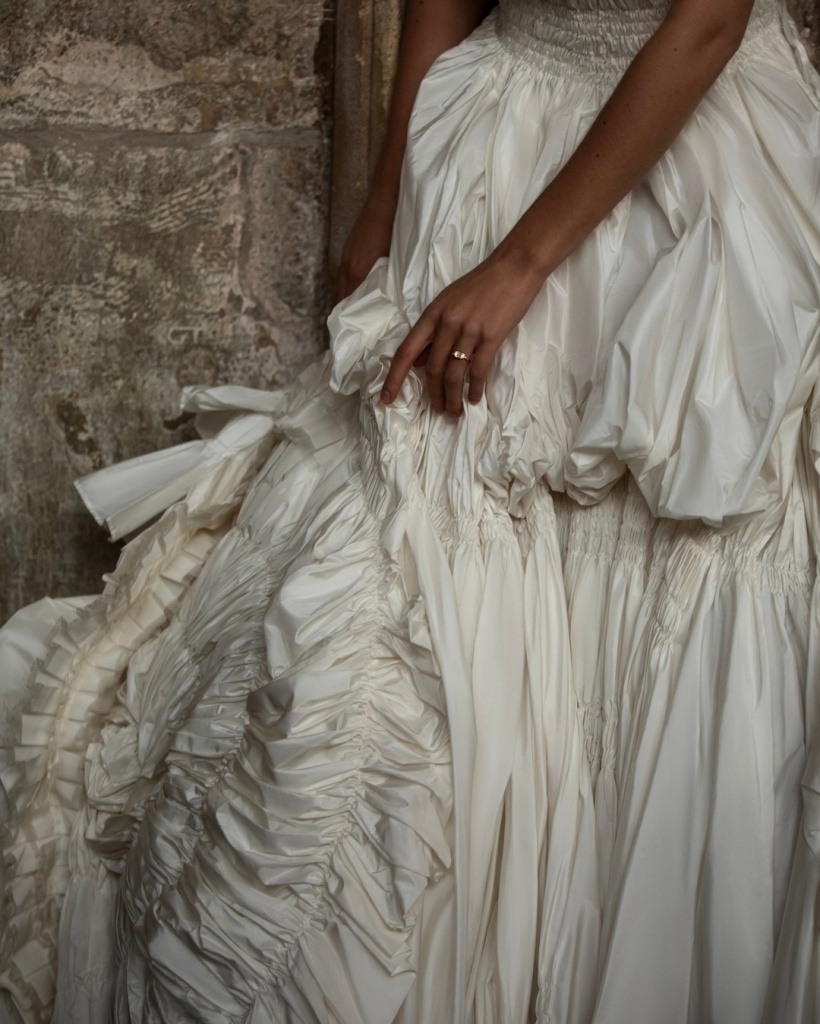
The wedding ring finger is more than just a bearer of a beautiful symbol—it's a canvas for expressing deep personal and communal values. This finger, specifically chosen for its cultural and emotional significance, not only connects to ancient beliefs about the heart but also resonates with contemporary values of love, loyalty, and partnership.
Beyond the romantic and historical meanings, the wedding ring finger also plays a significant role in social signaling. Wearing a ring on this particular finger announces marital status to the world, which can affect how individuals interact in social or professional settings. It acts as a boundary marker and a symbol of a person’s commitment to their spouse, often serving as a deterrent to unwanted attention and signifying respect and fidelity to the union.
In many ways, the ring on this finger is also a daily reminder to the bearer of their own commitment. It serves as a personal token of the promises made on the wedding day—a physical manifestation of the vows to stand by each other in sickness and in health, for richer or poorer, in joy and in sorrow.
Moreover, for many, the ring is a touchstone during times of personal or marital stress, reminding them of the love and partnership that the ring symbolizes. It’s not uncommon for people to instinctively touch or twist their wedding rings during times of reflection or uncertainty, drawing comfort and strength from its presence.
The Significance of Wearing an Engagement Ring on a Certain Finger
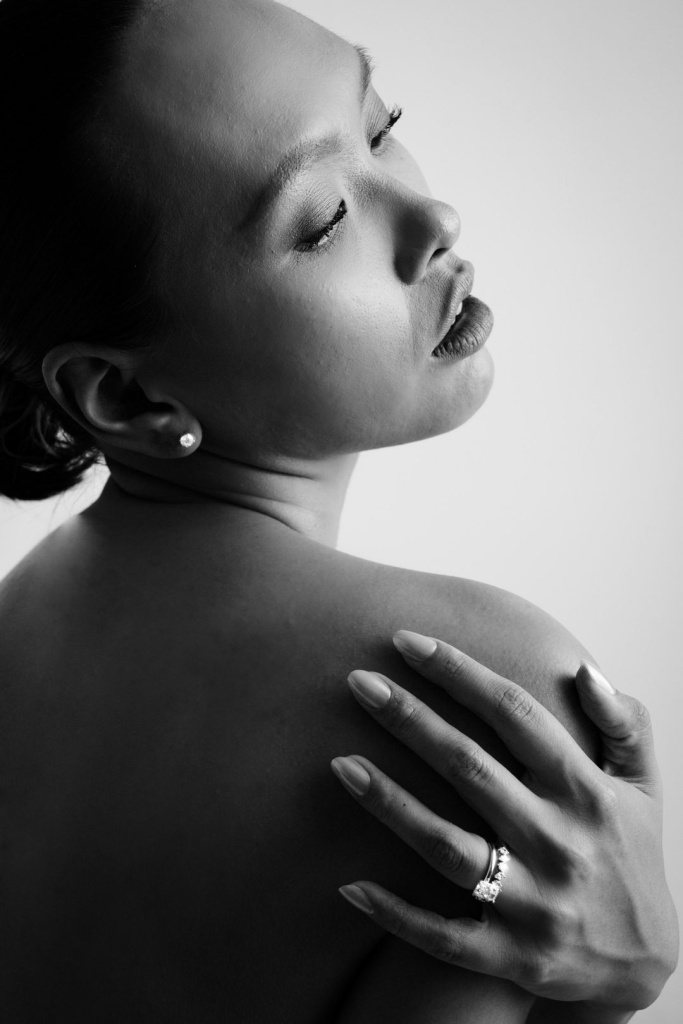
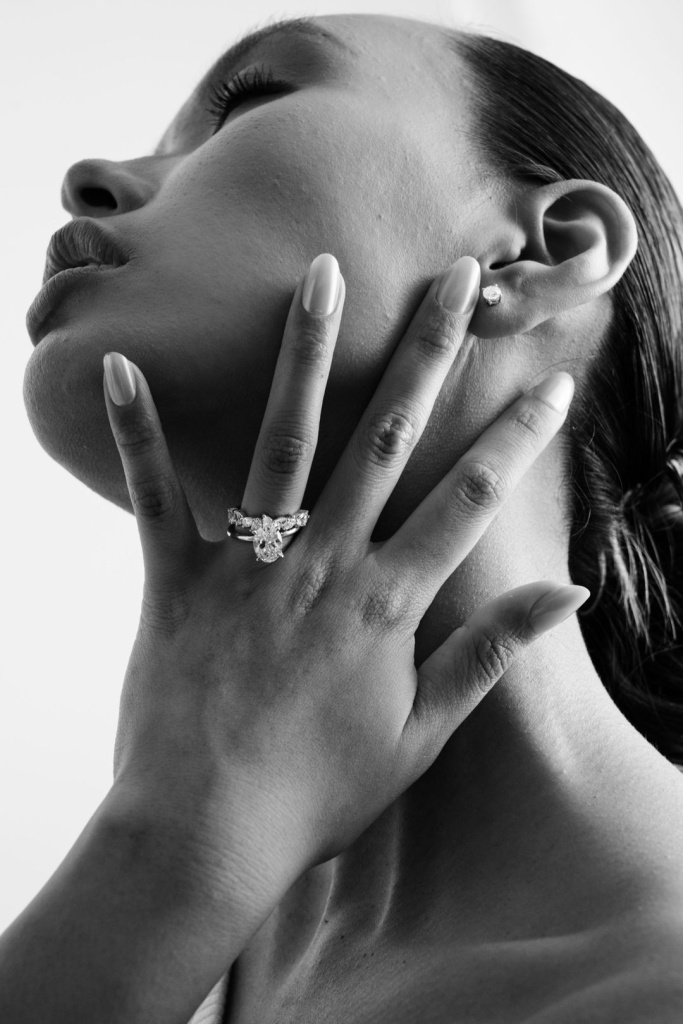
While the wedding ring symbolizes the commitment to marriage, the engagement ring represents a promise and the intention to marry. Traditionally worn on the same finger as the wedding ring—the fourth finger of the left hand—this practice is laden with symbolism and intent.
The engagement ring is often given as a proposal of marriage, making its placement a public declaration of a couple's future plans. It communicates to society the wearer's changed status from single to betrothed, signifying that they have committed themselves to someone else. This not only alters how individuals are perceived socially but also signifies the seriousness of their relationship to family, friends, and the public.
Furthermore, the engagement ring serves as a precursor to the wedding band. It is typically more ornate, featuring gemstones or diamonds, which are symbols of durability and beauty, reflecting the enduring and precious nature of the relationship. This ring is not just a promise of marriage, but a testament to the couple's history, their unique journey, and the love they share that will soon be solidified in marriage.
What Hand Do You Put the Engagement Ring On
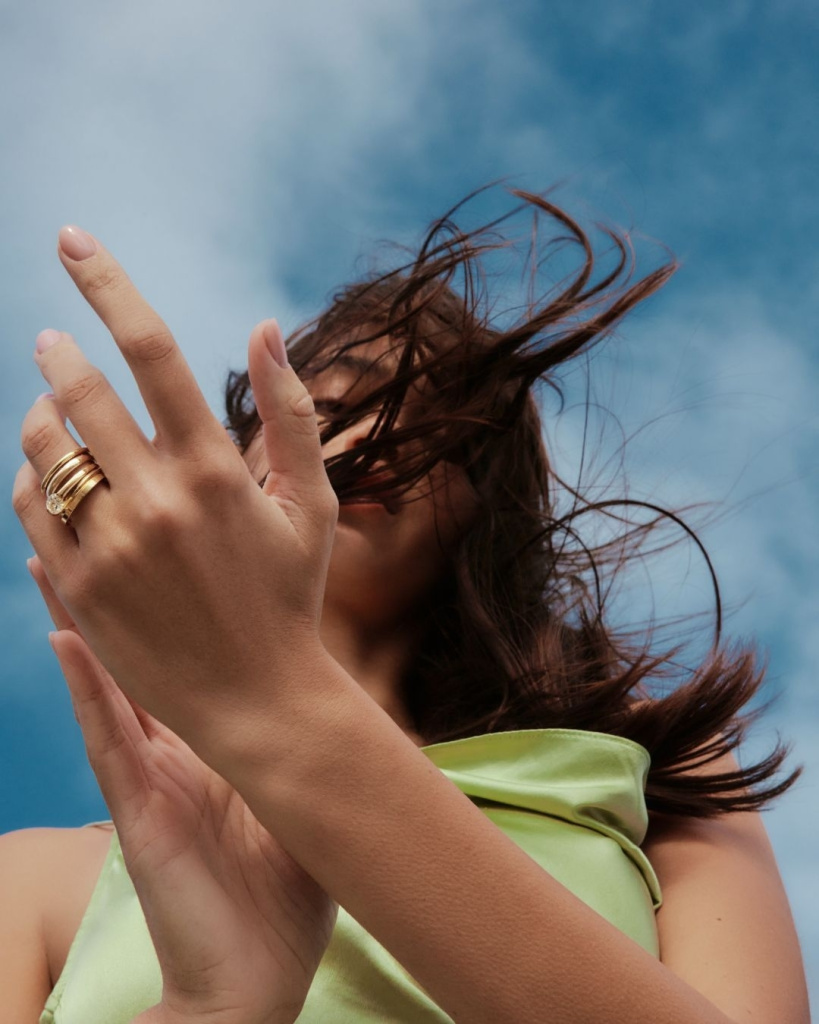

The hand on which an engagement ring is worn can vary significantly depending on cultural, religious, and regional traditions. While many Western cultures favor the left hand, this is not a universal practice.
In many Western countries like the United States, Canada, the UK, France, and Italy, the engagement ring is traditionally worn on the fourth finger of the left hand. However, in many other parts of the world, the right hand serves as the stage for the engagement ring. For instance, in countries like Germany, Ukraine, India, and Norway, it's common to wear an engagement ring on the right hand. This practice can be tied to various reasons, from cultural and religious beliefs to practical considerations. In some cultures, the right hand is considered more important for its symbolic meanings of strength and honor.
In Orthodox Christian countries such as Greece and Poland, the engagement ring is usually worn on the left hand initially but is transferred to the right hand during the wedding ceremony. This switch can symbolize the transition from being engaged to being married, representing a new stage in the relationship and the responsibilities that come with it.
What Hand Does a Man Wear His Wedding Ring
Just like women, men typically wear their wedding ring on the fourth finger of their left hand in many Western countries. This standard is based on the same traditions and beliefs that influence the practice for women, promoting a sense of unity and equality in the marriage.
The Appropriate Finger for Wearing a Promise Ring
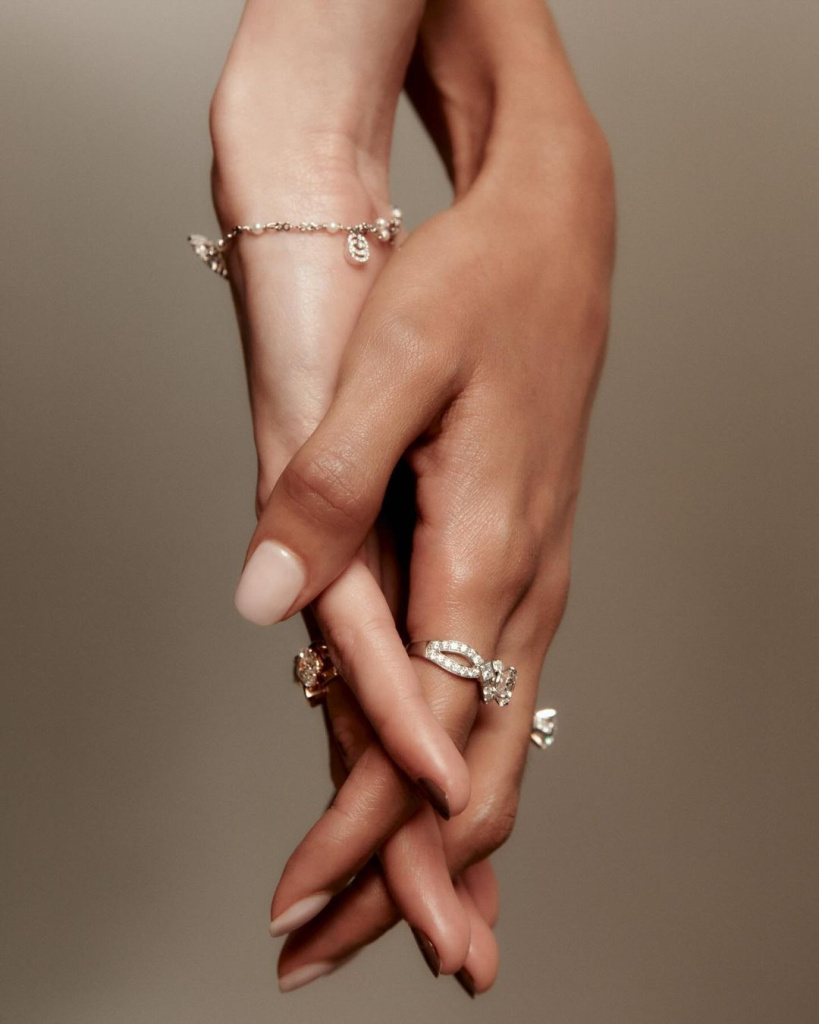
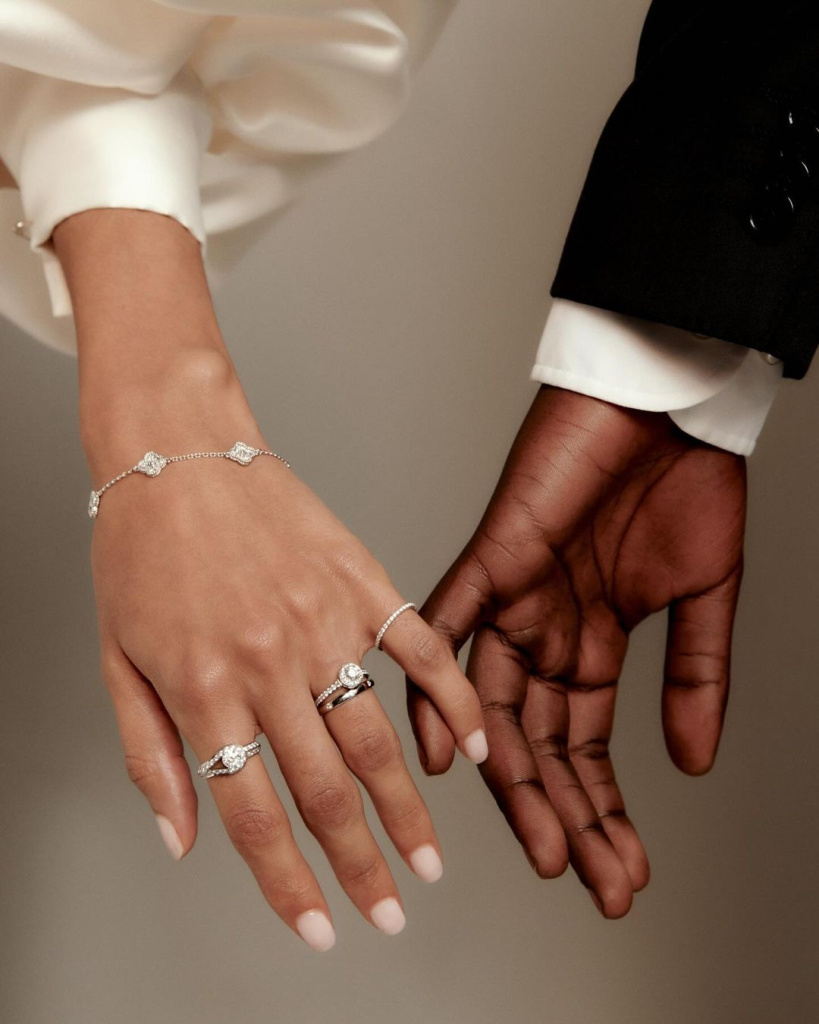
Promise rings, unlike engagement and wedding rings, have a more flexible tradition when it comes to which finger they are worn on. This flexibility reflects the personal significance and the varied meanings behind the giving of a promise ring. Commonly, promise rings are given as a symbol of commitment that isn't directly linked to marital intentions but signifies a strong emotional bond and promise between partners.
Traditionally, promise rings can be worn on any finger, but they are most often worn on the ring finger of the left hand if not engaged, or the right hand if the individual is already engaged. This placement helps to avoid confusion with engagement rings and can signify that while a significant commitment has been made, the step towards engagement has not yet been taken.
In some cases, promise rings are also worn on the middle finger or even on a chain around the neck as a pendant. This versatility allows individuals to express their unique version of commitment in a way that feels most comfortable and appropriate for their relationship.
For younger couples or those not ready to consider marriage, wearing a promise ring on a different finger can symbolize their dedication to each other without the connotations of pending nuptials. It allows them to celebrate their relationship's current state without the pressure of more binding commitments.

Through each stage of a relationship, from promise to engagement to marriage, the choice of which finger to adorn with a ring holds deep emotional and traditional significance. Understanding these traditions can enrich the experience, making each exchanged ring not just a gesture of affection but a link in a long chain of human culture and heartfelt personal commitments.











